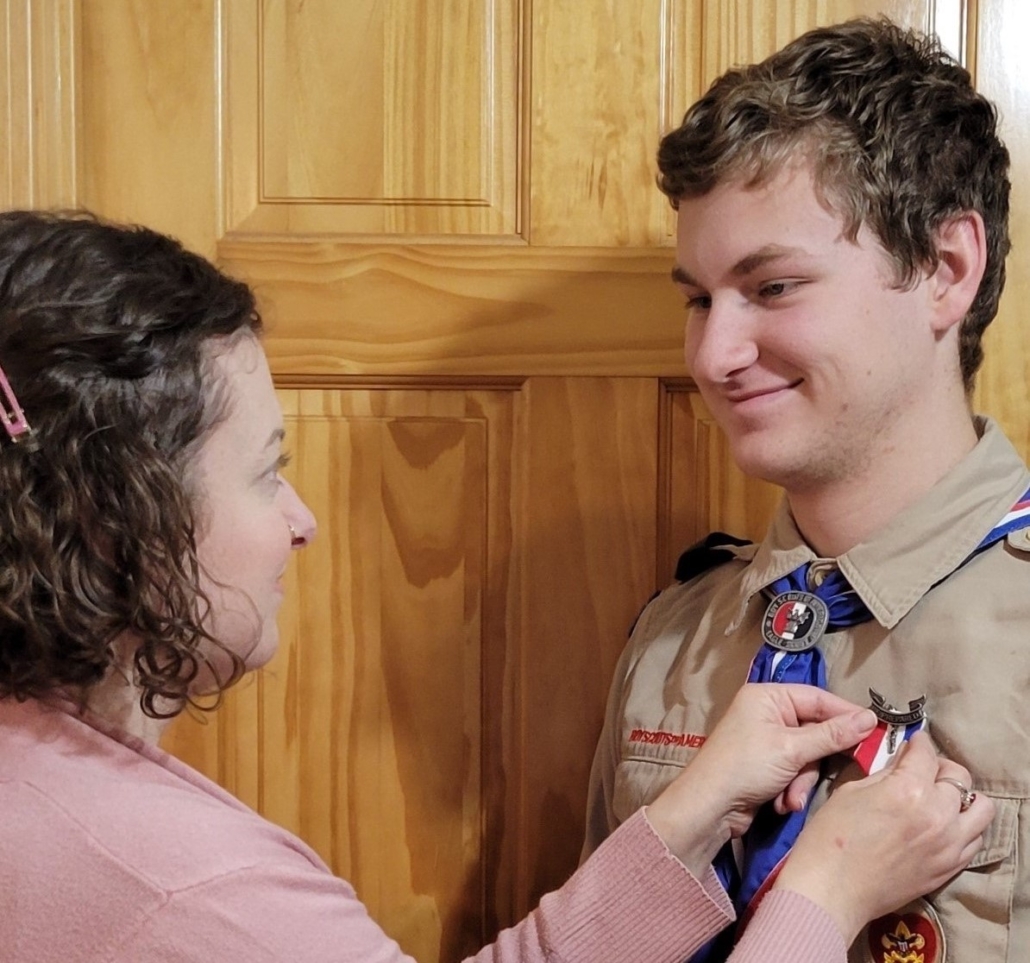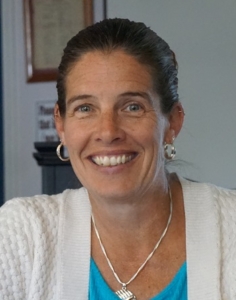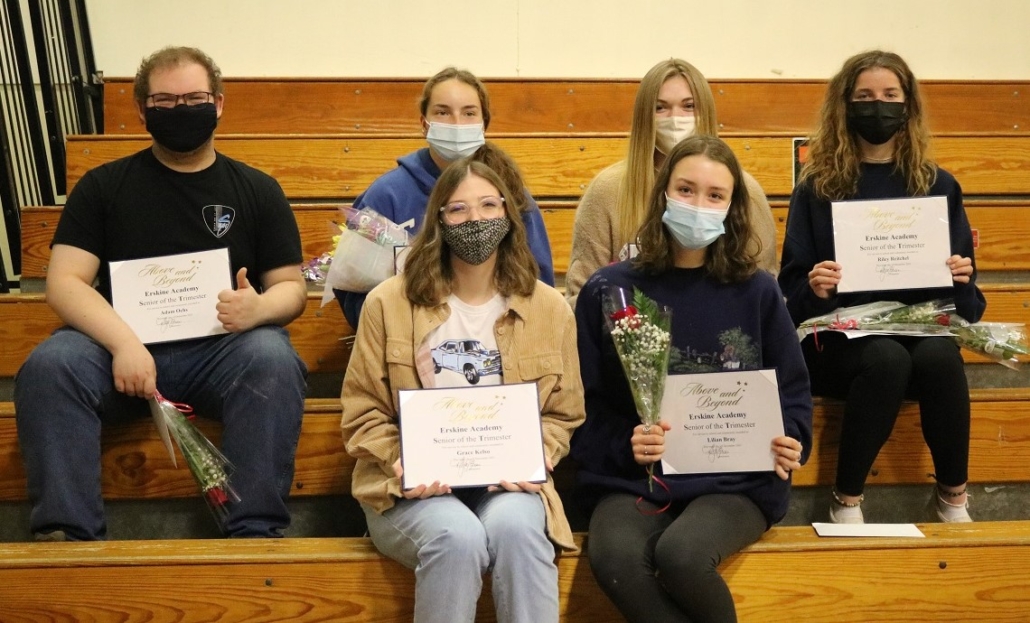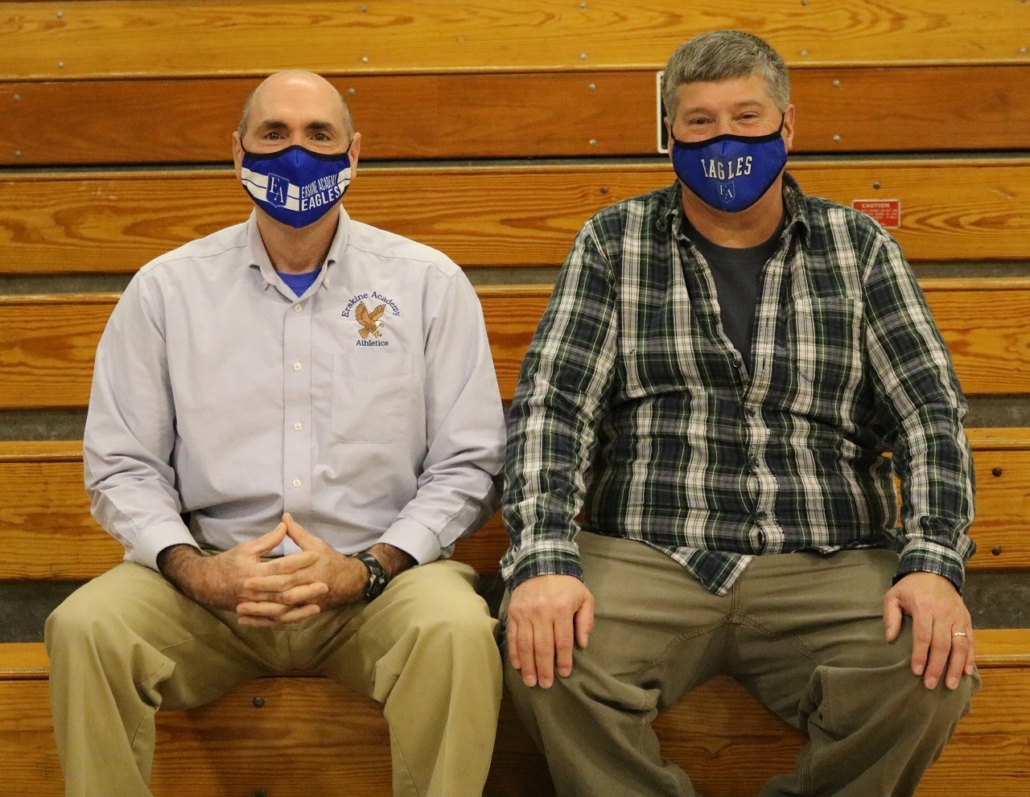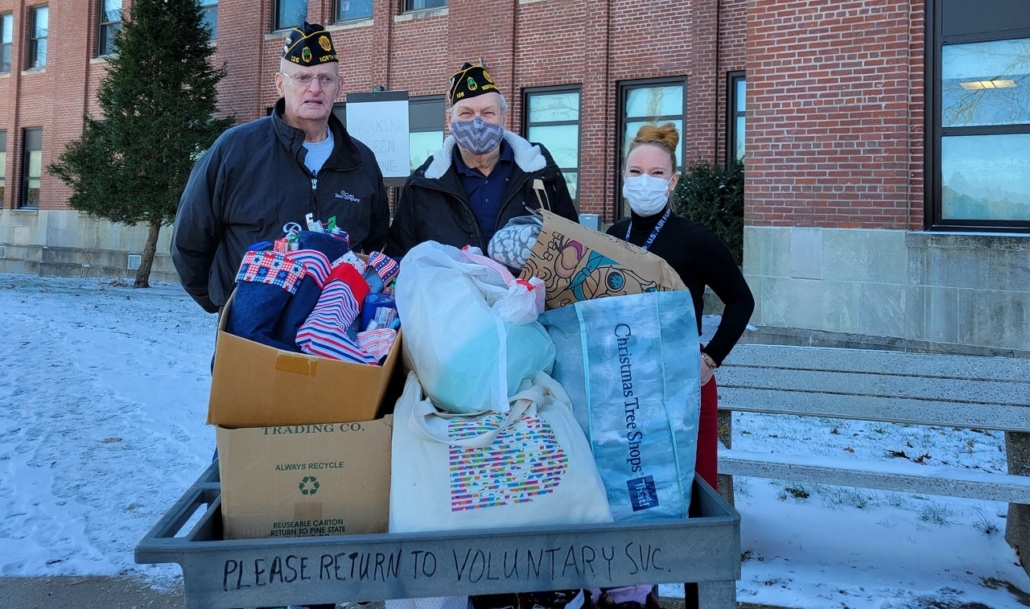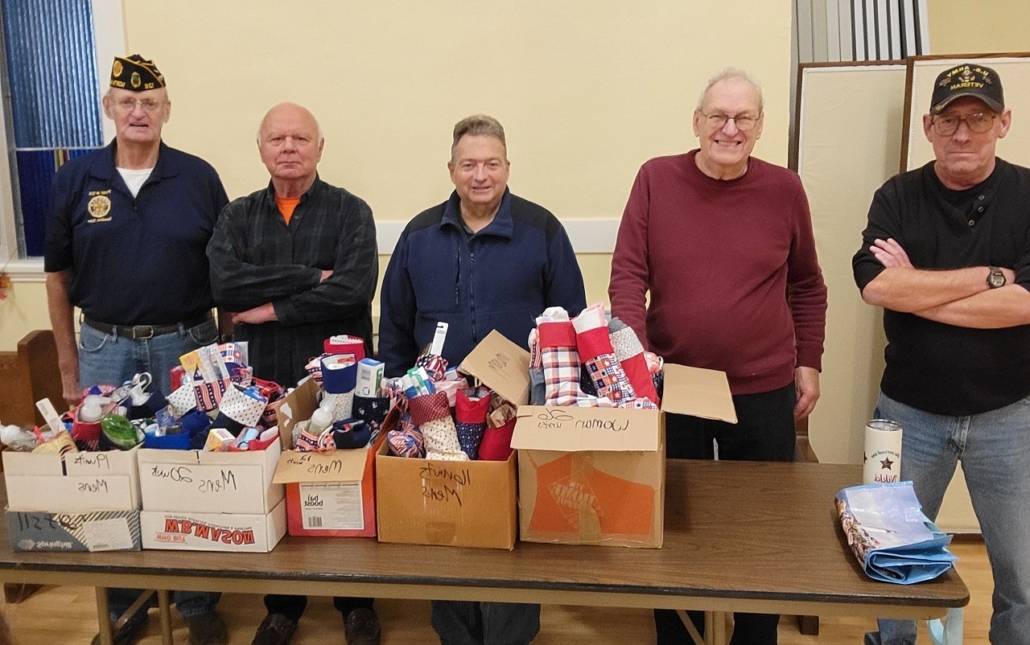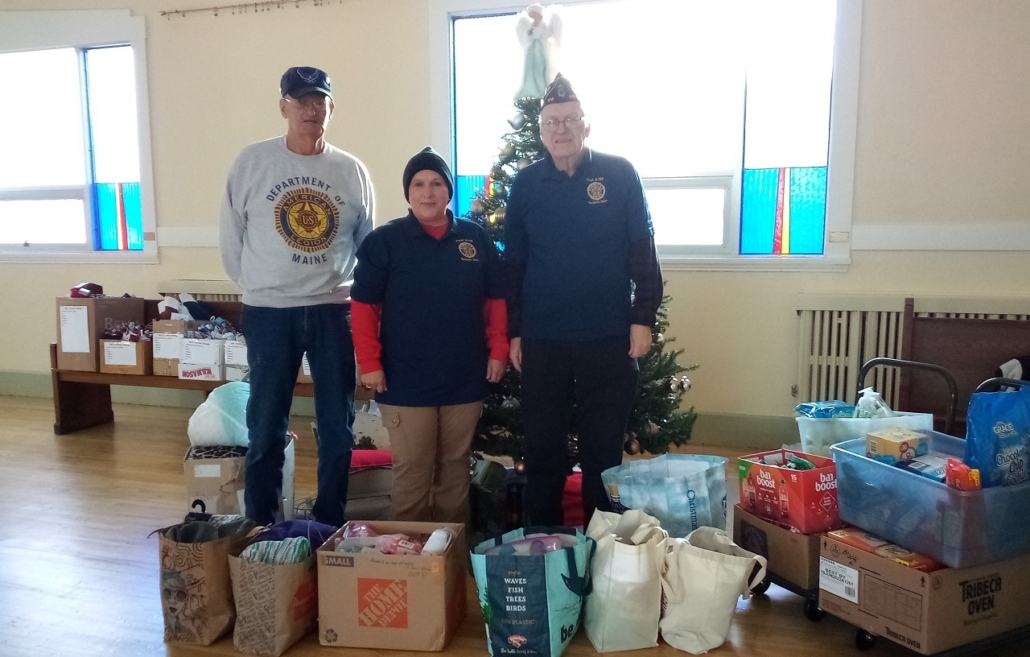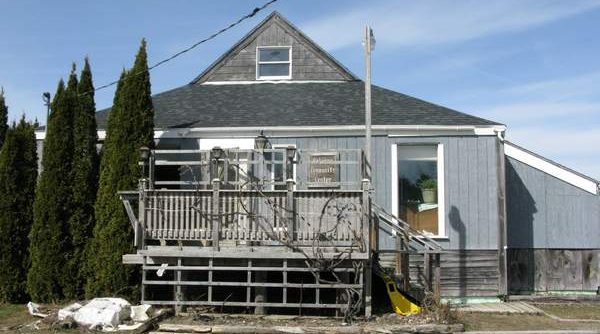Longtime Boy Scout leader steps down
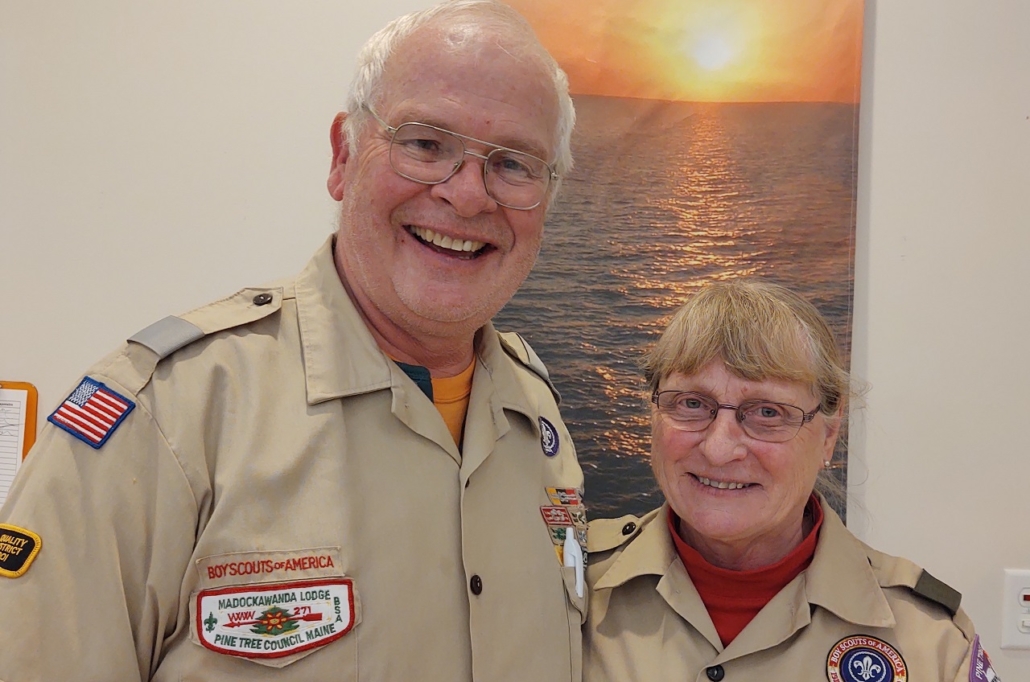
Scott, left, and his wife Priscilla. After 32 years as Scoutmaster of Troop #479, he is now serving as the Troop’s Committee Chairman and as the Treasurer of the Bomazeen Old Timers as he tries to save the Scout camp he loves. (photos courtesy of Chuck Mahaleris)
by Chuck Mahaleris
As 2021 is now in the rear view mirror, we can not let the year pass without recognizing one milestone that took place. Scott Adams stepped down as Scoutmaster of Scout Troop #479 in China, a position he held since August 29, 1989.
When Scott Adams became Scoutmaster of Troop #479, there were only four Scouts including his son Matthew. Thirty-two years later, Troop #479 remains one of the healthiest Scout Troops in Kennebec Valley District and can boast having seen 44 Scouts from their troop earn their Eagle Scout rank. Adams is remaining active as the Committee Chairman of Troop #479 and as the Treasurer of the Bomazeen Old Timers which is working to prevent the camp from being sold.
Adams has recently received his 60-year Scouting Veteran pin. He was a Scout in Troop #479 in 1966 under Scoutmaster Preston Mosher. “I joined because that was the thing to do,” Adams recalled. “The Scouting program was much larger back then. My two best friends were in the troop so I joined, too. I was into sports so cooking and camping were all new to me. I enjoyed Scouting but didn’t stay with it as a youth,” he said. But rejoined the program in 1984 as a member of the Pack Committee for Albion Pack #410. The next year, his son Matthew joined the Cub Scout program and Scott has not left it since. When the family moved to China, Scott and Matthew joined Pack #479 which was struggling and being reorganized. Scott and other adults stepped up and the “Pack took off.” Scott served as Den Leader and then Webelos Leader. When Matthew crossed over into Boy Scouts, Scott went with him. Three other Scouts crossed over as well and they made up the entirety of the troop at that time as it had been inactive for most of the year. Scott became Scoutmaster, received training for the position, and focused the program on the youth and getting them into the outdoors each month. “Our first camping trip was to my hunting camp in Unity,” Scott said. “The Scouts slept in tents but there was a cabin with running water if we needed it. We had a latrine but they learned how to dig their own, anyway. Scouting is about getting the kids into the outdoors. If you get them outside and show them that they can enjoy themselves out there, they will stay with the program. The longer they stay in the program the more they will learn about Citizenship, Character, Fitness and Leadership Development. We’re teaching life-long skills but doing it in a way that they enjoy it.”
Christian Hunter, who earned Eagle under Scoutmaster Adams, became the troop’s new Scoutmaster in February. “Looking back it is hard to believe all that Mr. Adams did as Scoutmaster,” Hunter said. “Mr. Adams planned at least one campout and service project for the troop every month to keep the troop active and to help every scout in have the opportunity to advance in rank. At outings, Mr. Adams always kept the troop on tight time schedule to make sure we could get the most done in a day as possible, but still have some time to have some fun. Also at every outing we had delicious food and plenty of it. Scouts learned to cook in the outdoors. Mr. Adams was an excellent teacher, as Scoutmaster, and taught me and all the other Scouts in our troop many important lessons. Mr. Adams taught us how to plan outings, how to do everything in the Scout Handbook, and how to support and take care of our community. If you had a question about anything, Mr. Adams always had the answer, and would explain it to you so that you would understand. He always made sure to test us on the skills he had taught us, to make sure they would stay with us and help us as adults.”
Adams always kept the program flexible to accommodate the busy schedules of the Scouts. “We had a camping trip scheduled,” he recalled. “But only four Scouts signed up. When I asked, I found out that there was a dance they all wanted to go to on Friday night. No problem, we left for the camping trip early Saturday morning instead of on Friday night. Instead of four Scouts, we had 16 take part.”
There were two events he stressed that all of the Scouts take part in each year: Scout Sunday service at China Baptist Church and Memorial Day services. Adams explained that Pastor Ron Morrell would let the Scouts lead many aspects of the service on Scout Sunday. “One year we had 26 Scouts in the church choir on Scout Sunday,” he said. He also, over the years, brought the Scouts of Troop #479 to camporees both local and all over the nation, and to two that were held in Canada.
Bomazeen Camp Director Bruce Rueger had nothing but praise for Adams’ dedication and appreciates his work with the Bomazeen Old Timers. “Scott is the most passionate and effective Scout Leader I have worked with in the program,” Rueger said. The Old Timers raise funds throughout the year to provide camperships for youth in the area to attend Camp Bomazeen and to purchase building material and supplies for the camp. “I can’t even begin to imagine where the camp would be without all of his work.” Now Rueger and Adams are working together to keep the camp from being sold so that Scouts from Waterville, Skowhegan and Augusta areas will continue to be able to use it for decades to come. “Bomazeen to me is what Scouting is all about,” Scott Adams said. “I will challenge anyone to come up with a waterfront and camp that is better than at Bomazeen. People do not realize the treasure that they have. It is simply outdoor camping at its best.”
Kennebec Valley District Chairman Joe Shelton was recruited by Scott. “Scott has been a steadfast member of his community through Scouting, Masons, Fire Dept. and Community support,” Shelton said. “I’ve known Scott since 2010 and he will help anyone who asks. If he can’t help he will find someone or someway to help. In the end Scott will do whatever he can for anyone who asks! I’ve never seen him turn anyone away that deserved his insight, guidance or assistance.”
Adams’ advice after more than three decades as Scoutmaster to others in the Scouting program: “I like to think that we had a program run by the Scouts. We always tried to make every kid feel welcome and give them an opportunity to succeed. Having a strong outdoor program made all the difference.” He said that sometimes life sent challenges to his Scouts. “I had a Scout who told me he had to quit. I asked why and he said that he was failing in school and needed to quit. I told him that he did need to focus on his school work but when he was ready, Scouting would be waiting to welcome him back whether that was in two weeks, two months or two years. He could pick up where he left off.”
Scott’s wife Priscilla has joined Scott on his Scouting journey. “He is always willing to help everyone,” she said in December 2021 during a regional Scouting leaders’ meeting where Scott was drawing the winning tickets for the latest Bomazeen Old Timers’ raffle. “He has always put just as much time and energy into the family as he has put into Scouting.”
Scoutmaster Hunter said, “Taking over as scoutmaster of Troop #479 is a huge undertaking because Mr. Adams was an excellent leader. There is no way I’ll ever be a Scoutmaster like Mr. Adams, but with the skills he taught me I will do my best to fill his shoes.”


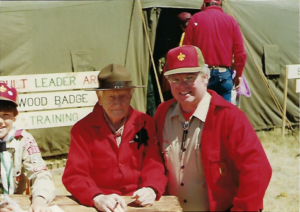
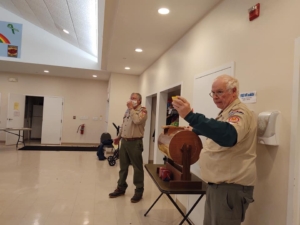
 A recently awarded grant will allow
A recently awarded grant will allow 
 New England Sports Network (NESN) was removed from DISH TV tonight, affecting access in Massachusetts, Rhode Island, New Hampshire, Vermont, Maine and Connecticut. With this removal, DISH TV customers no longer have access to NESN.
New England Sports Network (NESN) was removed from DISH TV tonight, affecting access in Massachusetts, Rhode Island, New Hampshire, Vermont, Maine and Connecticut. With this removal, DISH TV customers no longer have access to NESN.
